Born 1949 in Mexico, living since 1985 in Paris - Guillermo Arizta is an established contemporary visual artist.
Graduated from the "Escuela Nacional de Pintura, México"
The artist experiences with different art forms for example: painting, sculpture, cinema and specific installations.
He also created special designs on behalf of the "American Theatre Group" for the "PETIT PRINCE".
Further Biographical Context for Guillermo Arizta:
Artists like Hilka Nordhausen, George Parkin, Unglee, Roger Corona, and Broto were also born in 1949.
Guillermo Arizta was born in 1949, grew up during the 1960s and was influenced by the artistic atmosphere of the time. Art turned into a vehicle for ideologies and other agendas, with Pop and Minimalism appearing concurrently as the most defining art movements of the decade. Pop Art in New York city embraced the culture of mass media and mass consumerism, with Artists such as Andy Warhol, Roy Lichtenstein and Tom Wesselmann getting stimulated by television, comic strips, billboards and other products of the rise of Capitalism for their artworks. On the other side of the country, the West Coast in California, the first elements of what would be known as Conceptual art were developing. Minimalism developed the central idea that art should subsist in its own reality, and not try to mimic the physical world. Born of a desire to erase all pre-established conceptions about art, Minimalism turned into a radically progressive movement, highly influential worldwide, with artists such as Frank Stella, Donald Judd and Dan Flavin as key figures. Morris Louis, Kenneth Noland and Helen Frankenthaler were artists who sought to delve into some of the most fundamental philosophies of Abstract Expressionism, while eliminating the emotional and highly personal aspect it would usually entail with it. This led to the creation of Colour Field painting, deeply identifying with Minimalism. The iconic contemporary art movements that echoed through the wave of radicalism of the 1960s also had their own nuances and scopes, distinctive to different regions or countries. Spatialism, for example, was established in Italy by Lucio Fontana and Piero Manzoni, and its ideologies adopted by the Zero group in Germany. Throughout Europe, the ideologies of Existentialism strongly influenced artists like Francis Bacon and Alberto Giacometti, who sought to depict the raw human emotions often connected to reflections on death and the lingering angst of the meaninglessness of life.



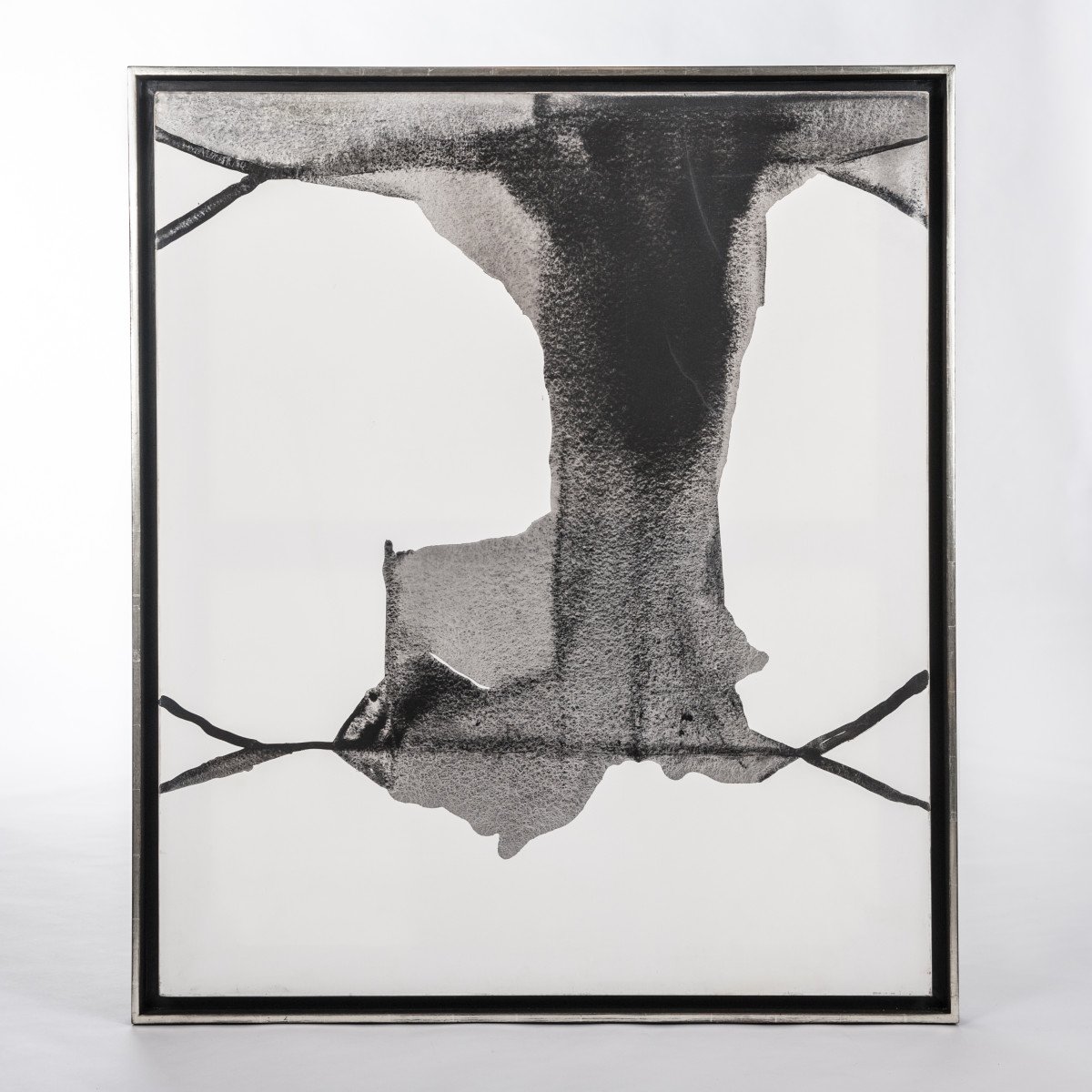

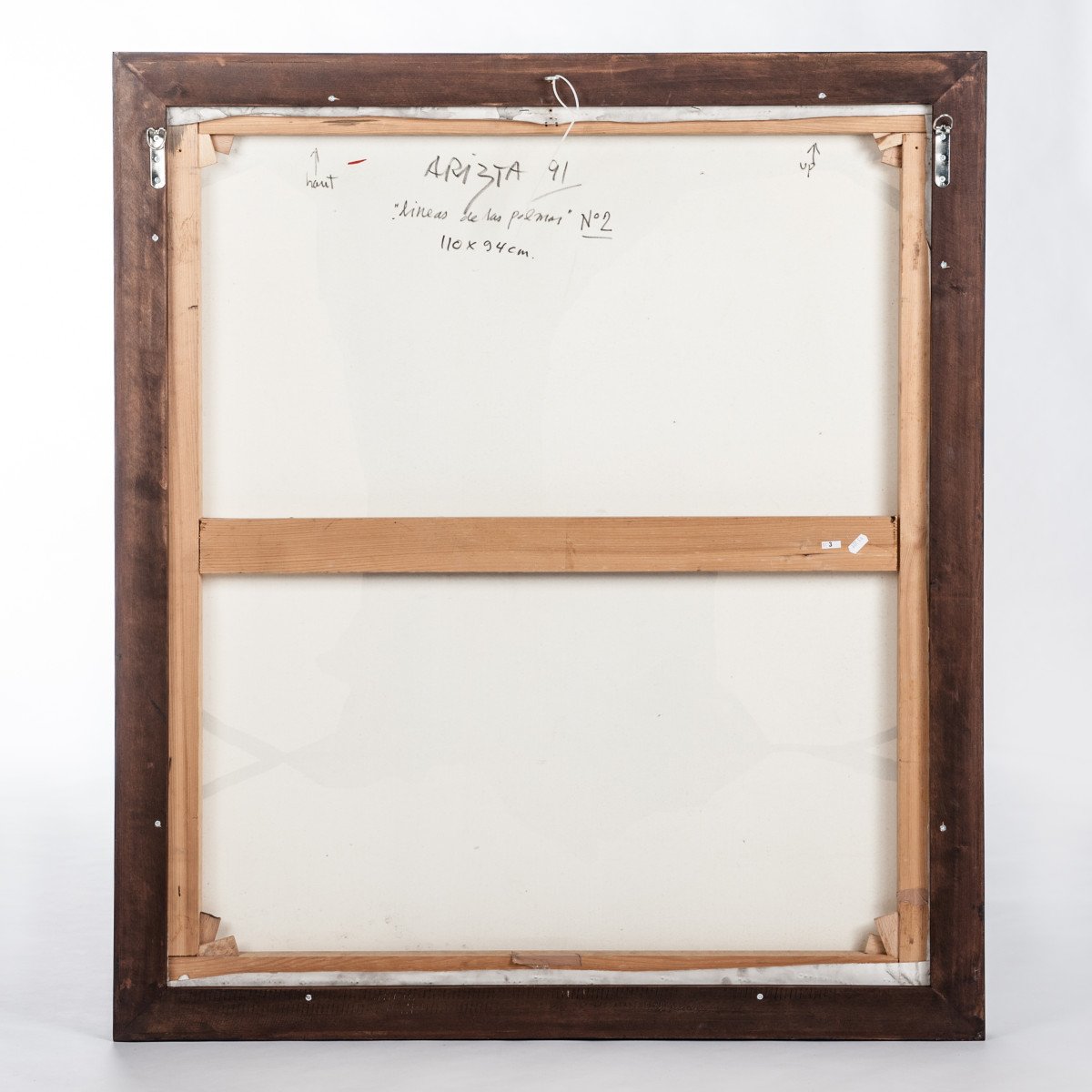



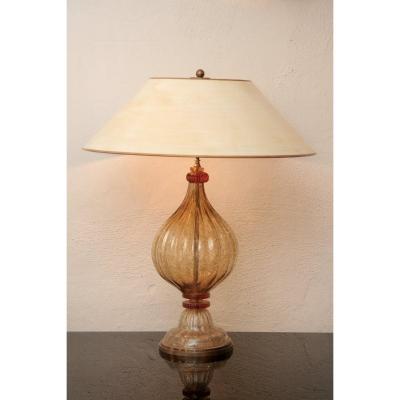
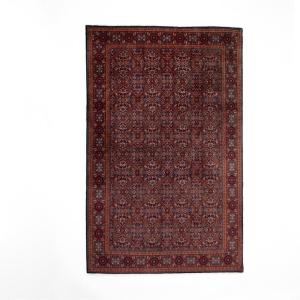

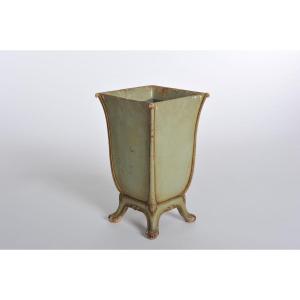

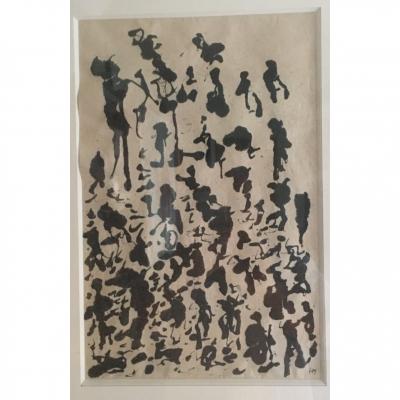
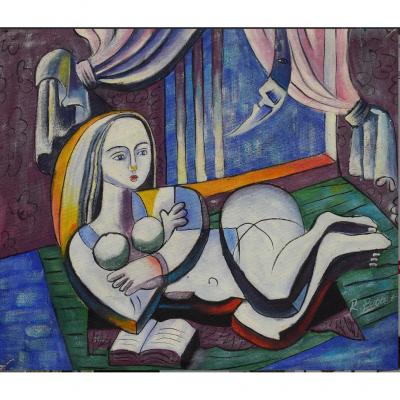

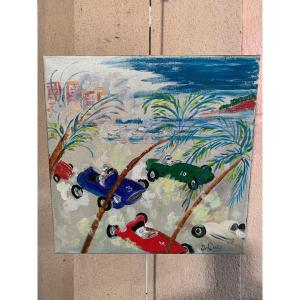




 Le Magazine de PROANTIC
Le Magazine de PROANTIC TRÉSORS Magazine
TRÉSORS Magazine Rivista Artiquariato
Rivista Artiquariato
